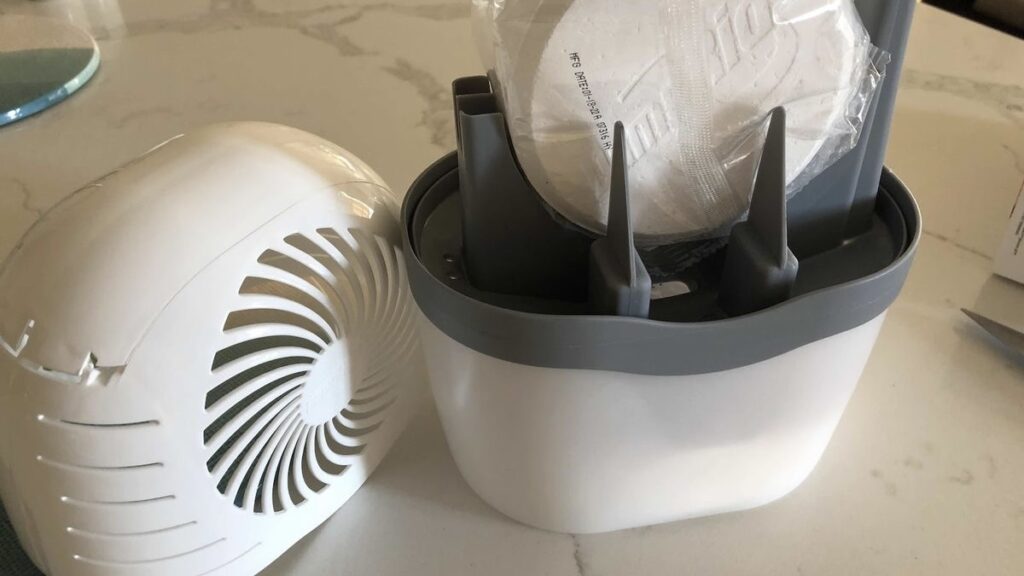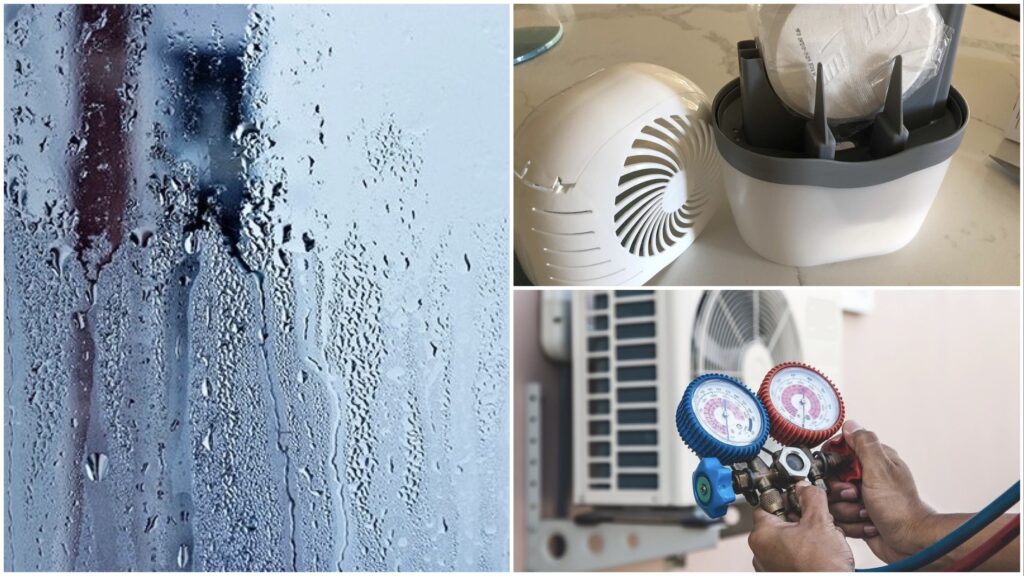It’s mid-July. The sun wasn’t even high yet, but the kitchen windows were already misted over like a steaming pot lid. The air felt thick enough to chew, and even the table seemed a bit clammy to the touch.
That’s the thing about humidity; it doesn’t kick down the door; it just creeps in, settling into your walls, furniture, and comfort. The smart ways to reduce indoor humidity aren’t just about dodging sweaty afternoons; they’re about making your home a place where you can actually breathe. Are you ready to learn some new tricks? Keep reading.
1. Find the Trouble Before It Finds You
Step one is easy. Figure out what’s feeding the beast. Sometimes it’s a tiny leak in a pipe you barely notice. Other times, it’s that sneaky condensation that keeps appearing on your window frames.

A cheap hygrometer will tell you your exact levels; keep them between 30% and 50% if you can. Like they say, what you don’t measure, you can’t fix. Nail down the trouble spots, and you’ll be halfway to winning the fight.
Aside from keeping mold from moving in, a good dehumidifier just makes the whole house feel fresher.
2. Let the Air Do the Heavy Lifting
Fresh air is your best sidekick here. Open the windows, switch on the exhaust fans when showering or cooking, and give your house a quick 10-minute cross-breeze now and then.
Humidity loves still air, so don’t let it sit. And here’s a tip: clean those fan covers often. Dust and grime slow them down, and you want every bit of that airflow working for you.
3. The Little Helpers Nobody Talks About
Moisture absorbers are the unsung heroes of humidity control.
Silica gel, activated charcoal, and calcium chloride—call them what you want, but they quietly suck up excess dampness without a fuss. They’re perfect for closets, under-sink spaces, or anywhere a fan isn’t an option.

Got an air-conditioned room? Toss a couple in there, too. Cool air helps, but these give you a little extra insurance against that musty smell.
4. When It’s Time to Bring Out the Big Guns
If humidity just won’t quit, it’s time to invest in a dehumidifier. Portable units are great for targeting problem rooms; whole-house models hook right into your HVAC. Just make sure you size it right. Too small, and it’s pointless; too big, and you’re wasting energy.
Aside from keeping mold from moving in, a good dehumidifier just makes the whole house feel fresher. You’ll notice it the second you walk in.
5. Treat Your HVAC Like the MVP It Is
Your HVAC isn’t just for hot or cold days; it’s a secret weapon for humidity control. Keep the filters clean, get those ducts checked, and if your thermostat has a humidity setting, use it.

Sometimes just nudging the AC temperature down a degree or two can help pull more moisture out of the air. Think of it as your invisible teammate you don’t see working, but you’ll feel the results.
6. Cut Moisture Off at the Source
You can’t reduce dampness in the house if you’re letting it in all the time.
Fix that dripping faucet. Cover pots while you cook. Make sure your dryer vents outside.
Even small habits, like wiping down shower walls, can make a significant difference. Got small indoor plants? Group them together so all that evaporation stays in one place. A little prevention goes a long way here.
Humidity control isn’t a “do it once and forget it” deal; it’s a bit of a lifestyle.
7. AC: More Than Just Cool Air
Yes, air conditioning helps lower humidity, but only if you use it smartly. Keep doors and windows shut, and ensure the seals are tight to prevent outside air from entering.
If your AC cools the room too fast, it won’t run long enough to dehumidify properly. That’s where a little HVAC fine-tuning can make all the difference. Consider your AC a dehumidifier in disguise if it’s set up correctly.
Don’t Let Storage Turn into a Swamp
Basements, attics, and closets—these spots are basically humidity traps.
Lift stored items off the floor so air can flow underneath, and pop in some moisture absorbers for backup.
And hey, airtight containers aren’t just for keeping pasta crisp; they’ll keep chopped salad fresh for up to four days and block out humidity at the same time. Organized, airy spaces are harder for dampness to mess with.
Keep at It
Humidity control isn’t a “do it once and forget it” deal; it’s a bit of a lifestyle. Fortunately, you don’t have to do everything at once. Start with one habit: open a window, wipe the shower, or check a vent. Do it enough, and it becomes second nature. Control the moisture, and you control the comfort. Your lungs will thank you, and so will your walls.
So, what’s your go-to method for keeping your home comfortable? Share your favorite home humidity control tips; you might just inspire someone else to start fresh.
